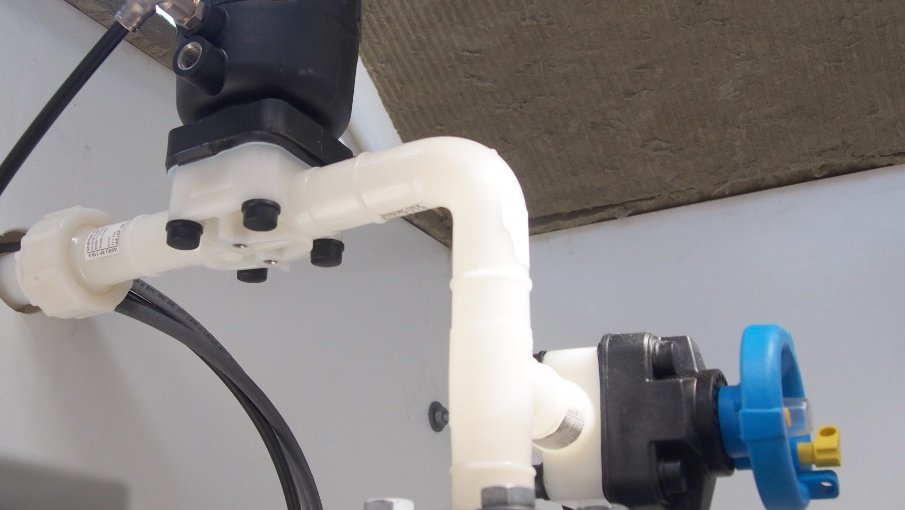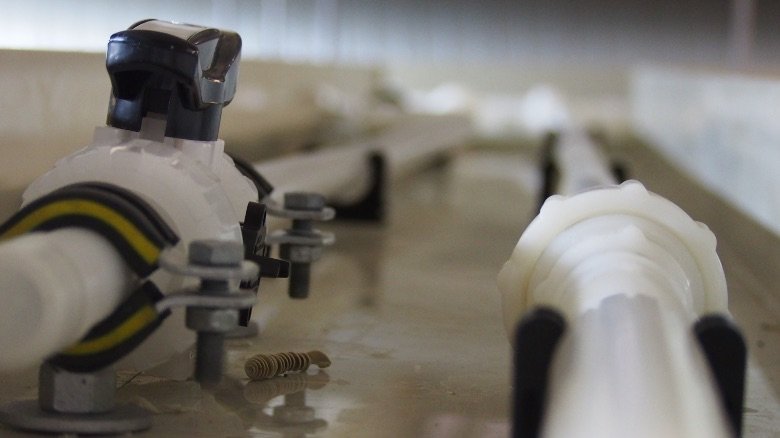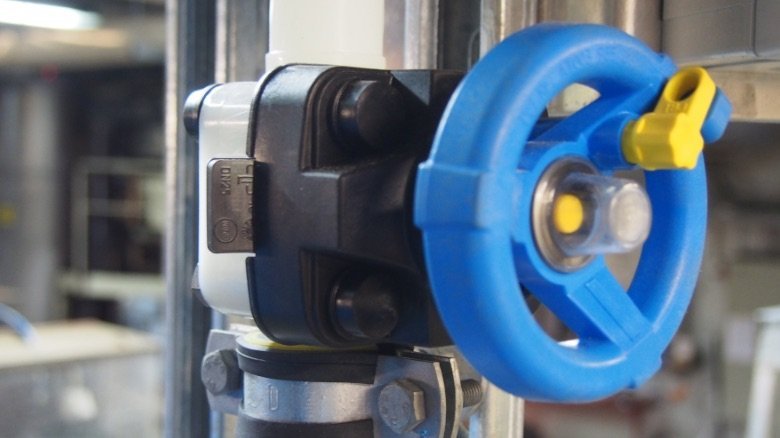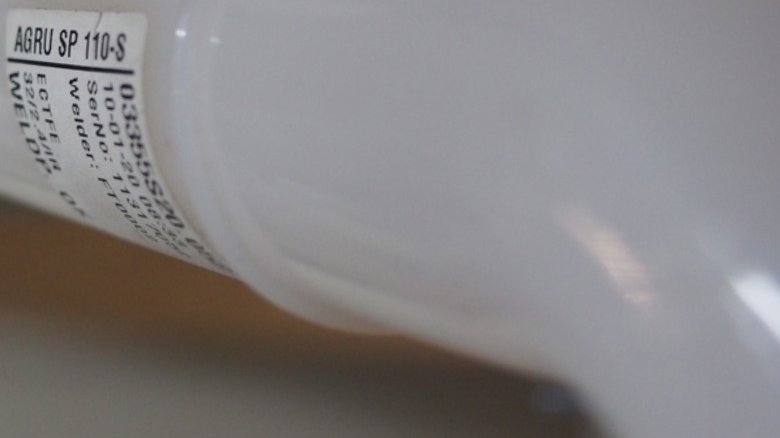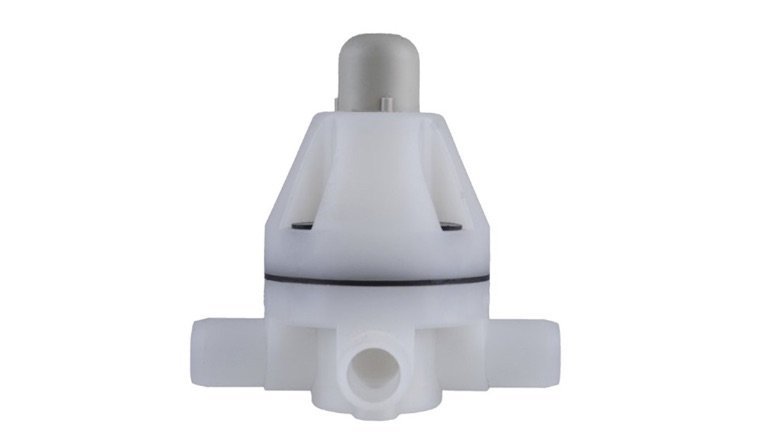ECTFE and PVDF pipes, fittings, valves and semi-finished products made from PP
AGRU's partner in Finland, Atolli Oy (Fluorotech), provided the concept, the technical advice, the materials / products, the installation and the maintenance plan for two plastic pipe systems. ECTFE was used for the transport of caustic soda (NaOH concentration: 50%) and PVDF was selected for sulphuric acid (H2SO4 concentration: 90%). The two piping systems transport chemicals from outdoor tanks to the cleaning process into the factory.
The company Lindström is well known in the textile industry, offering work clothes and mats. The most im-portant markets are textiles for restaurants, hotels, clean rooms and washrooms.
Plastic replacing metal pipes
Historically, the use of metal pipelines in process and chemical industrial applications has been more wide-spread than the one of plastic pipes. While customers are often concerned about the mechanical strength as well as temperature limitations of plastics, in many cases they can provide better solutions than metals.
About the project
The routs for the metal pipes, which were already installed (and to be replaced), were used for the design of the new thermoplastic pipelines. The company Plasthouse Oy made a design having a main focus on cost-effectiveness and at the same time the operational requirements. Special attention was paid on safety, as the media are dangerous to human beings and the environment.
Avoiding constructional obstacles was one of the main criteria for the design of the new plastic ping systems, since too much complexity of the pipelines would have caused a too high pressure loss. Since the pipelines are installed at a certain height and people are working beneath the piping systems, a safety channel was installed in order to protect from any possible leakage (see figure 1). In case of an accidentally hit by a vehicle or a crane, the channel will act as a safety system. The continuous channel below the pipes was made of AGRU’s extruded PP sheets. PP is a cost-effective solution and provides sufficient temporary protection against these media, keeping the costs low.
Pressure Relief Valves/fittings outdoor
Outdoors the valves were installed in insulation boxes in order to avoid malfunctions due to the low tempera-tures down to -20 ° C. In Figure 3 you can see AGRU diaphragm valves inside an insulation box.
Pressure relief valves were installed as a safety precaution (see figure 5). They are designed to open at a preset pressure and discharge fluid until the pressure drops to acceptable levels. This feature protects the line from possible pressure peaks coming from the pump.
Installation and welding
One of Atolli’s installation teams did the installation. IR welding, using an Agru SP 110S V3 welding machine was used, because this welding method provides the best quality of the welding beads.
It is a controlled welding process, which creates a very low level of internal stress in the welding zones, and therefore, it will maximize the lifetime expectancy of the pipes and fittings. Besides, the welding seam is very small compared to the ones of other welding techniques, meaning that the flow loss is lower and the surface of the welding area is smoother.
